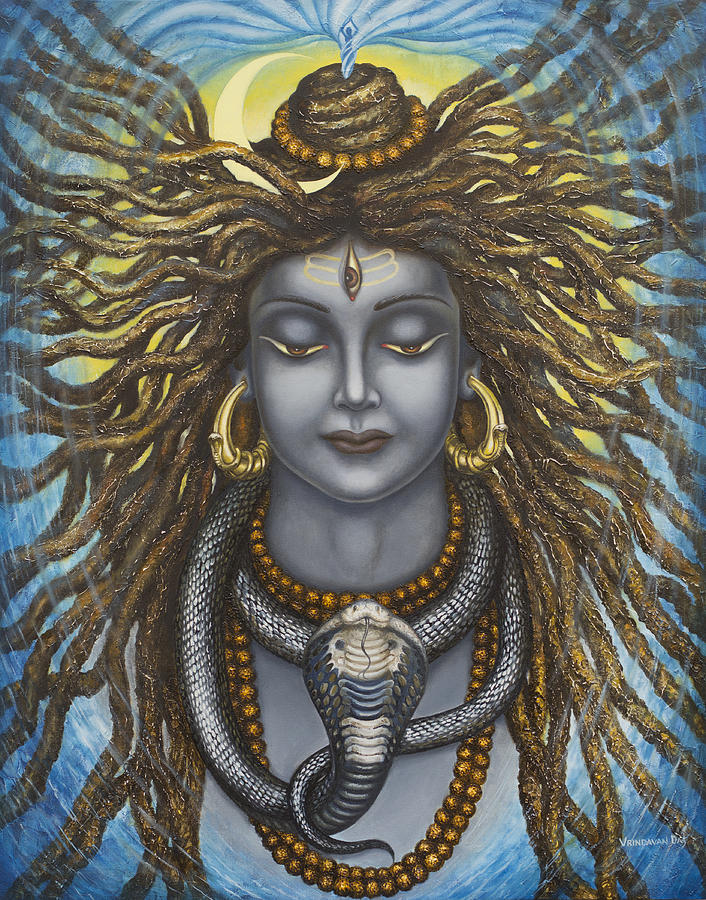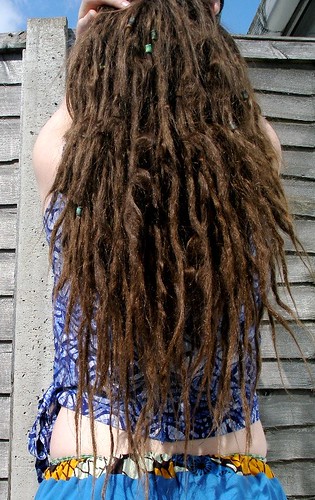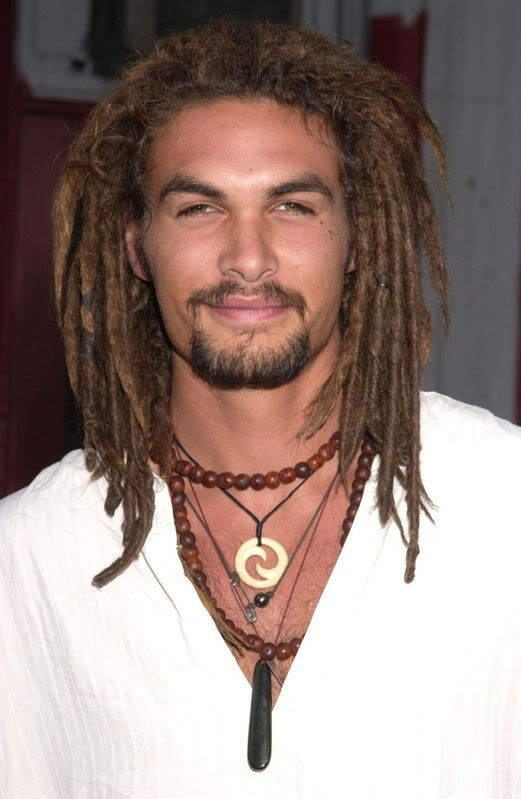-Maasai men in Tanzania and southern Kenya wore dreadlocks their entire lives. There is no exact date as to when this tradition began.
-Egypt is also known to have had dreadlocks in its past. Mummies with dreadlocks and dreadlock wigs have been found.
-King Tuts mummy supposedly still had his dreadlocks attached.
-The Hindu deity Shiva and his followers have been described as having "jaTaa" or "twisted locks of hair."
-The Greeks, Pacific Ocean peoples and Naga peoples have worn dreadlocks.
-The monks of the Ethiopian Orthodox Tewahedo Church, the Nazirites of Judaism, Qalandari Sufi's the Sadhus of Hinduism and the Dervishes of Islam also word dreadlocks.
-Very earliest Christians may have worn dreads.
-James the Just, first Bishop of Jerusalem word dreadlocks to his ankles.
-Pre-Columbian Aztec priests were described as to have worn their hair untouched, leaving it long and matted.
-The Baye Fall, followers of the Mouride movement, are famous for their dreadlocks and multi-colored gowns.
-Warriors among fullani, wolof, serer and mandika were known to have dreadlocks as adults and cornrows as children.
-The term
dreadlocks was first recorded in Jamaica in the 1950s for the "young black faith," and early sect of the Rastafari which began in the 1930s. They ceased to copy the hairstyle of Haile Selassie I of Ethiopia. It was said that the wearer lived a "dread" life or a life in which he feared God. (Henceforth the word
dreadlocks)
-Many Rastafari attribute their dreadlocks as a dedication to Haile Selassie I of Ethiopia as well as the three Nazarite vows, in the Book of Numbers, the fourth of the books of the Pentateuch.













































